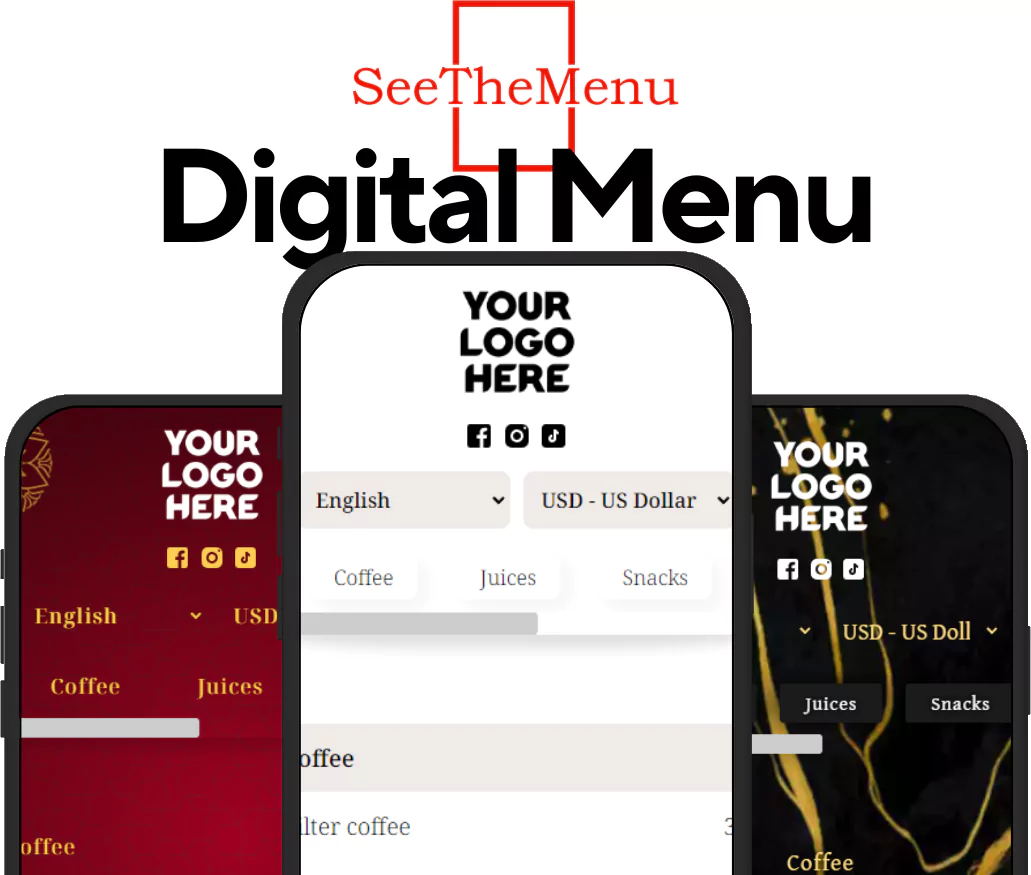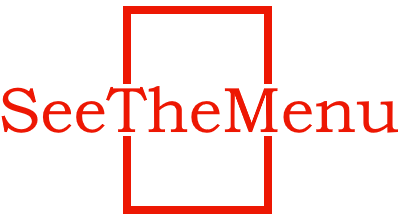Design Matters: How the Right Theme Can Enhance Your Digital Menu
Date:30/06/2024

In the restaurant industry, first impressions are crucial, and often, the first interaction a customer has with your restaurant is through your digital menu. The design theme of your digital menu plays a vital role in shaping that first impression and can significantly impact the user experience. A well-chosen theme not only aligns with your brand’s aesthetic but also enhances readability, navigability, and the overall customer journey. This blog post explores the importance of theme selection and how it can positively affect the user experience in your digital menu.
The Importance of Theme Selection:
- Reflects Your Brand Identity:
- The theme of your digital menu should be a direct reflection of your restaurant’s brand. Consistent use of colors, fonts, and style elements that align with your overall brand helps reinforce your identity and assures customers they are having an authentic experience.
- Improves Readability:
- A good theme enhances the readability of your menu. Choosing the right font size, typeface, and color contrast can make the menu easy to read in various lighting conditions, which is particularly important in a dining environment.
- Enhances Navigation:
- Effective theme design includes thoughtful layout and navigation. A well-organized menu with clear categories and an intuitive flow makes it easier for customers to browse and make selections, thereby reducing the time it takes to place an order.
Impact on User Experience:
- Creating an Emotional Connection:
- The right theme can evoke specific emotions in your customers. For example, a rustic theme with warm colors and vintage typography might convey a cozy, homely feel, suitable for a family diner, while a sleek, minimalist theme might be perfect for a modern, upscale restaurant.
- Facilitating Decision Making:
- An effectively designed menu theme can help in highlighting specials, promotions, or popular items, guiding customers towards choices that they might enjoy or that offer good value. This can lead to a more satisfying decision-making process.
- Adapting to Customer Needs:
- Themes should also be flexible to adapt to different customer needs, such as changing font sizes for better readability or providing high-contrast modes for visually impaired users.
Case Studies of Effective Theme Design:
- Example 1: Family Style Restaurant:
- A family-oriented restaurant might use a theme with bright colors and playful fonts, with images that appeal to all ages, making the menu browsing experience fun and engaging.
- Example 2: Fine Dining:
- An upscale restaurant might opt for a theme with a muted color palette and elegant typography, delivering a sense of luxury and exclusivity, matching the dining experience it offers.
Best Practices in Theme Design:
- Keep it Simple:
- A clean and uncluttered design often works best. It helps keep the focus on the menu items and reduces the cognitive load on customers.
- Test and Iterate:
- Regularly gather feedback on your digital menu’s design and usability, and be prepared to make adjustments. What works well for one set of customers may not work for another.
- Stay Updated:
- Design trends evolve, so periodically refreshing your digital menu’s theme can keep it looking modern and appealing.
Conclusion: Choosing the right theme for your digital menu can profoundly impact the customer experience, influencing everything from brand perception to the ease of ordering. By prioritizing design in your digital menu strategy, you can create a more engaging and enjoyable dining experience for your customers.
